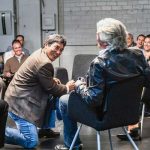Designing Meetings to Work for Design
At An Event Apart in Chicago, Kevin Hoffman outlined how to get the most of meetings by applying a series of framework for meeting design.
This is inspired from his talk:
- Many meetings aren’t productive because of the way they’re organized and run. They don’t move us closer to our actual goals.
- But meetings help us to: share awareness, make human connections, read body language, learn, analyze opportunities, fix a simple problem, and clarify problems.
- Kickoff meetings are important. If you have a bad kickoff, you can have longer term issues because: first impressions are powerful & lasting, roles are hidden and unclear, time & money ad wasted.
- People retain 20% of what we hear, 30% of what we see, but 50% of what we see and hear, and 70% of what we discuss. Meetings with discussions feel productive because we retain more information from them. Even more importantly, we retain 90% of what we make and manage. This is why people like to work alone –they feel more productive.
- Doing something is better than seeing something, which is better than hearing something.
Scale meetings to people’s needs
- We have different levels of involvement in projects: being aware, understanding the affect, collaborating, recognizing, or owning a project. If your project needs are at the bottom (being aware, understanding affect) all you need is check-ins or no meetings at all.
- If you need recognition or collaboration, you might need traditional hour long meetings.
- If you the owner of a project, full day or workshop session might be necessary.
- Ensure your meetings are representative of the involvement you need.
Know your roles
- Different roles are required to make meetings run smooth. These roles need to be filled by people who know what they are doing.
- Facilitator: is neutral and keeps moving the meeting along; should not add or evaluate ideas doing the meeting.
- Recorder: should be taking notes in a public way –this gives people a way to respond to what is being documented.
- Everyone else is a group member: they contribute content & engage in conversation/ideas
- Leader is the person who should be designing the meeting, selecting attendees, and defining the outcome.
- Start to record what people are saying by writing things down on the blackboard. This helps everyone keep up with what’s being said.
- Distributing facilitator role across people and meetings allows more people to participate and also grows skills in meeting management.
- Even in small meetings, its important to publicly record what’s being said. Paraphrase the essence of what people are saying. Repeat what they said back to them to make sure you heard them right.
- Be neutral but still do your job. Phrase your comments as questions to get people thinking about possibilities and implications.
Use Math to Focus Discussions
- “I’ll know it when I see it” is a typical client reaction to design review meetings. But design is art that people can use. This distinction can help you manage client feedback.
- You can use math to focus discussions on why people like certain aesthetics.
- 10 second gut check: show a series of websites for 10 seconds, have everyone score them 1-5, and calculate the average, discuss the high scores, low scores and large deviations. If there’s divergence, you’ll see how much people agree or disagree.
Sketch & Reframe
- Real time sketching facilitation can help clarify the ideas people are discussing. Dave Gray, David Sibbet and others have a lot of resources about sketching during meetings.
- If you can’t do real time sketching, you can still use visuals before a meeting happens to orient people and get them all on the same page about concepts, implications, and how things interrelate.
- Make a few quick sketches of what needs to get discussed or understood.
Plan for expansion & contraction
- Humans tend to go in tangents when having discussions. This helps us to explore new ideas but can make making decisions hard.
- Open with divergent thinking to explore ideas and close with convergent thinking that allows you to reach consensus.
- Divergent: Generating a list of ideas, Free-flowing open discussion, Seeking diverse points of view, Suspending judgment
- Convergent: Sorting ideas into categories, Summarizing key points, Coming to agreement, Exercising judgment
Move to Collaborative Spaces
- In the marshmallow test, kindergartners tend to build the tallest towers because they just jump on and build. Adults tend to think to much up front and don’t get into building soon enough.
- Kindergarteners do well because: they are not afraid to fail, they rapidly iterate, and don’t plan: just build
- If you move deliverables to collaborative sessions and spaces, you jump into doing work.
- If you’re not prepared to be wrong, you’ll never come up with anything original. You own your culture and can help it evolve to be more productive.
- Use some of these frameworks to improve your meetings and get to better outcomes and collaboration.






